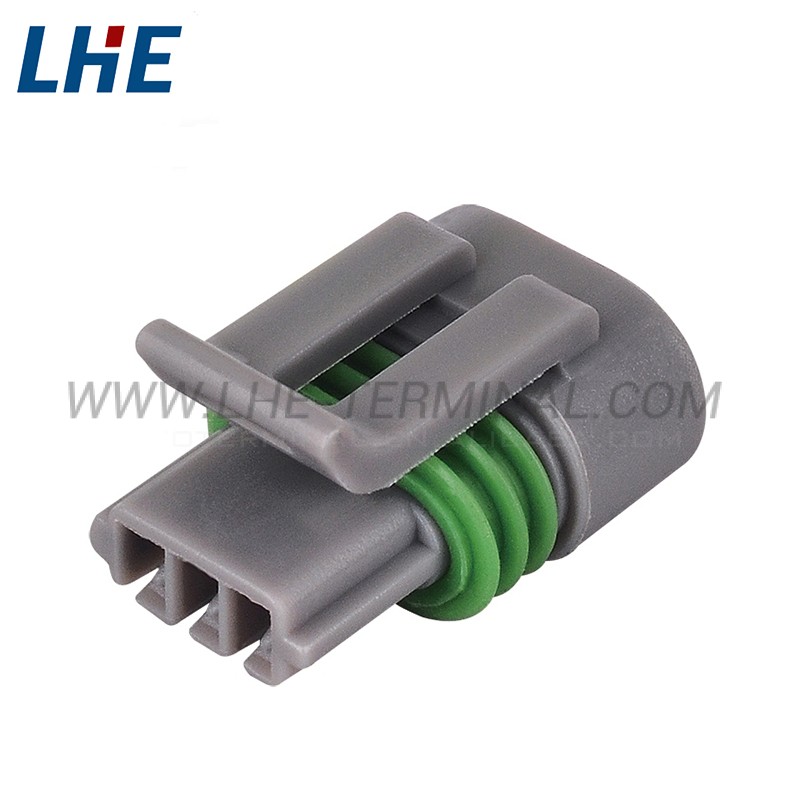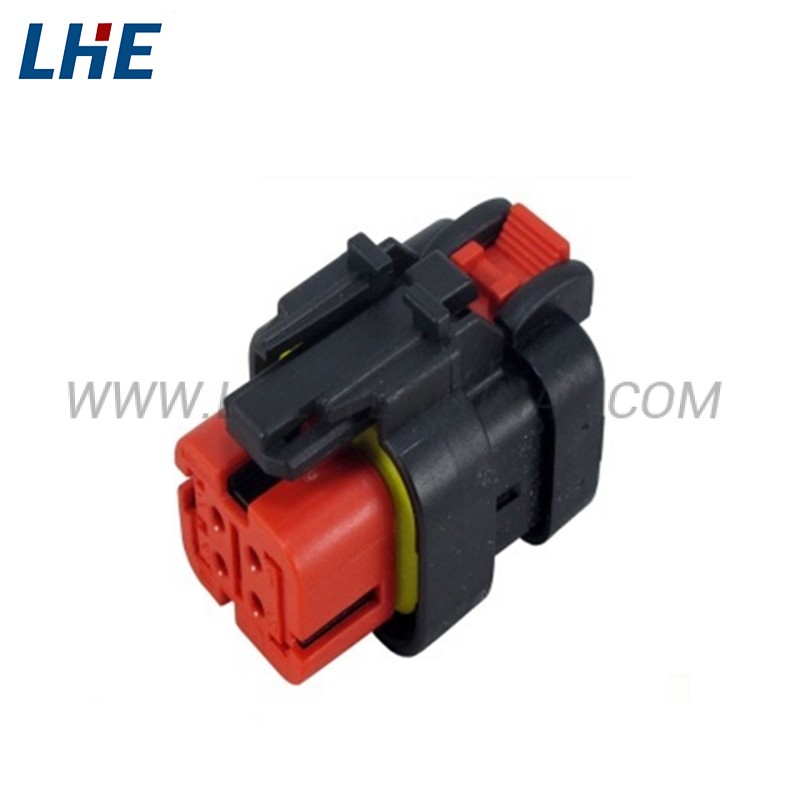The temperature rise of the connector is affected by the following factors:
● Contact resistance: used for conductive connection, resistance between two contact carriers, such as pinhole-to-insertion contact resistance, pinhole tail and wire crimping resistance, and contact resistance between threaded copper plates and copper plates
● Material environment heating: When the connector is in a high temperature environment for a long time, because the materials used in the connector are engineering plastics, metal, rubber, etc., especially engineering plastics require a maximum working temperature of 140 °C, but when the ambient temperature of the product is too high , When the connector reaches thermal equilibrium due to its own contact internal resistance, the ambient temperature is higher than the maximum working temperature allowed by the material. At this time, if the connector is in this environment for a long time, the internal temperature of the pinholes inside the connector is heated and the internal temperature cannot be discharged, the internal temperature will continue to rise, and the connector will generate a lot of heat, resulting in ablation of the connector. It can cause the vehicle to burn, which is a very serious problem. Both rubber and metal materials have maximum operating temperature limits that need to be considered when designing.

















